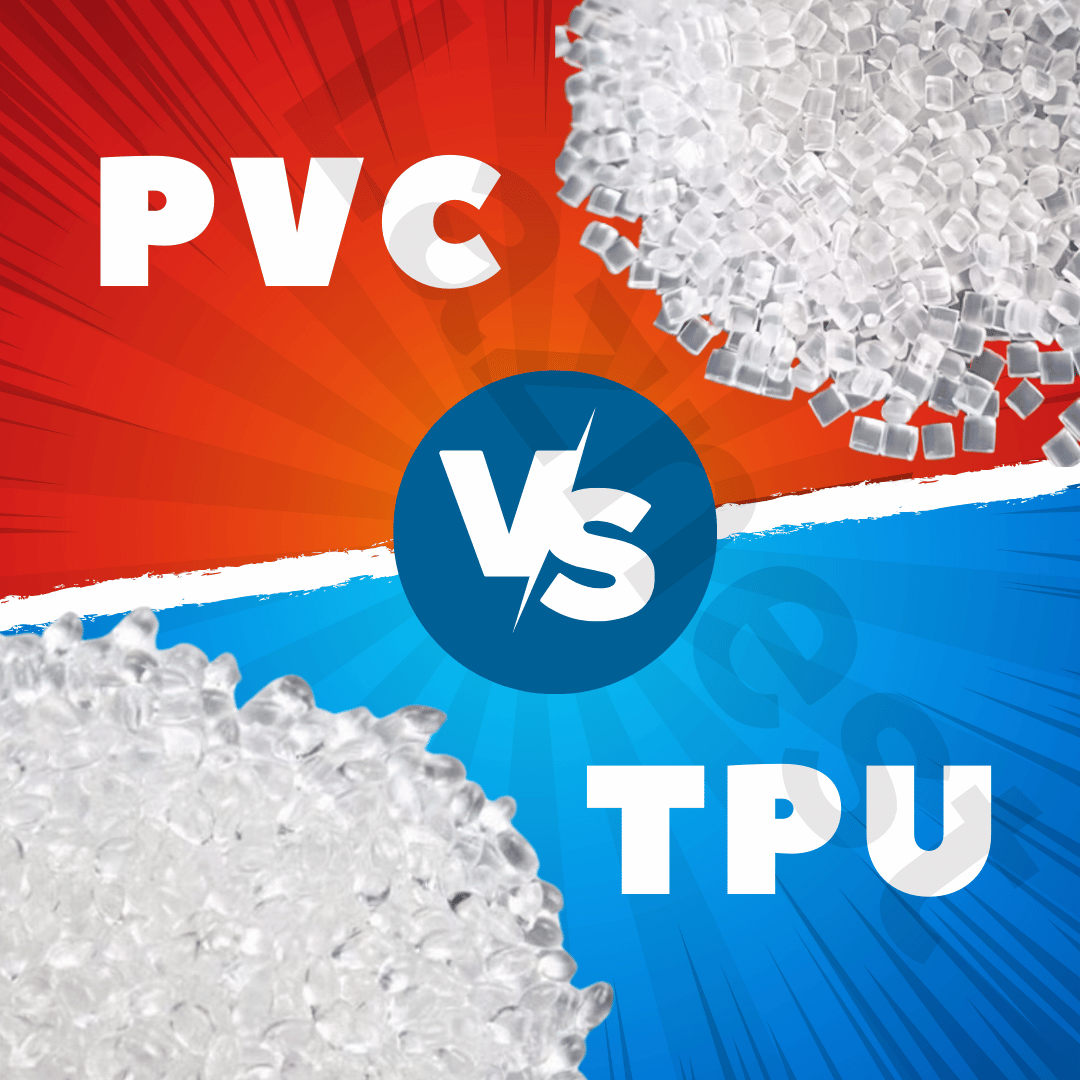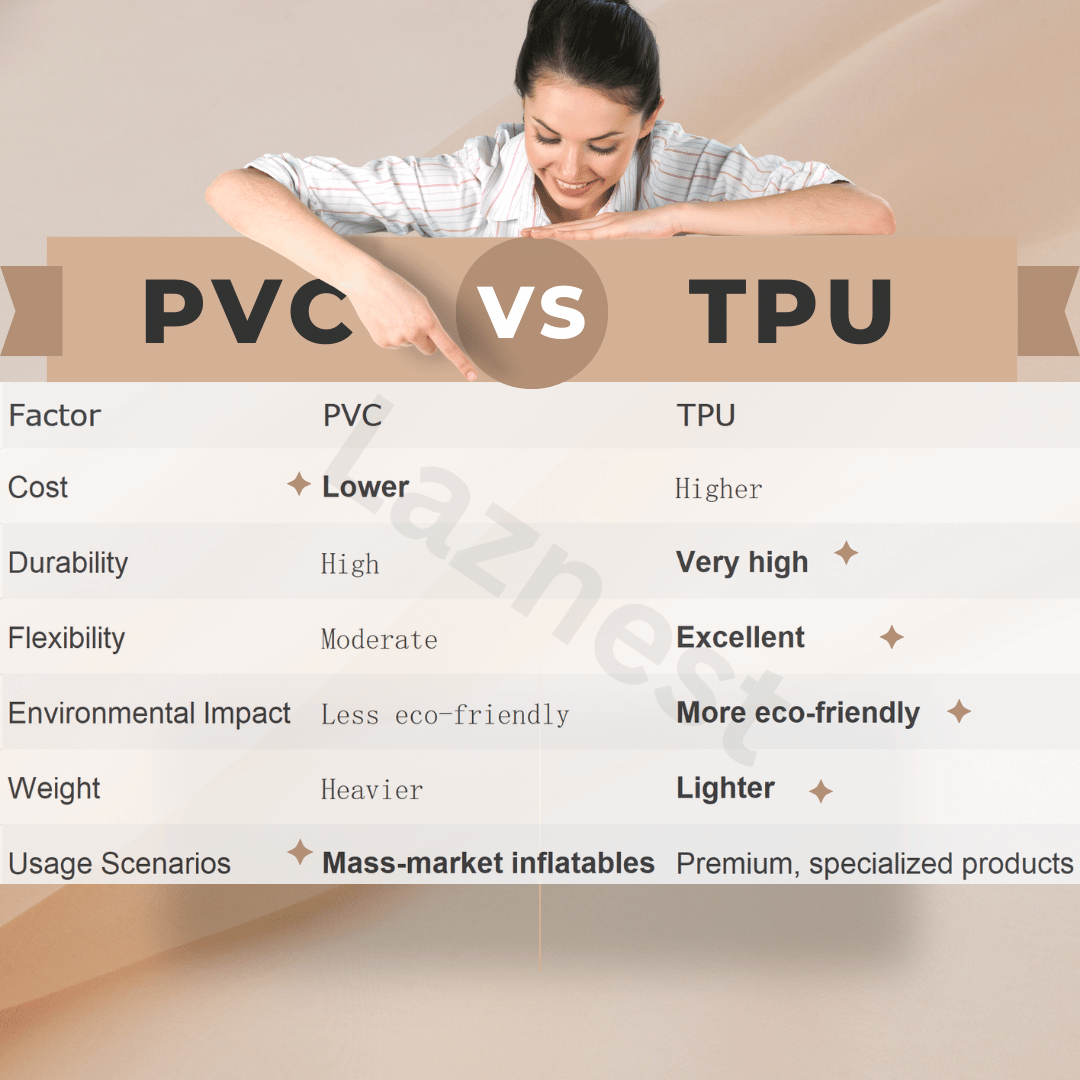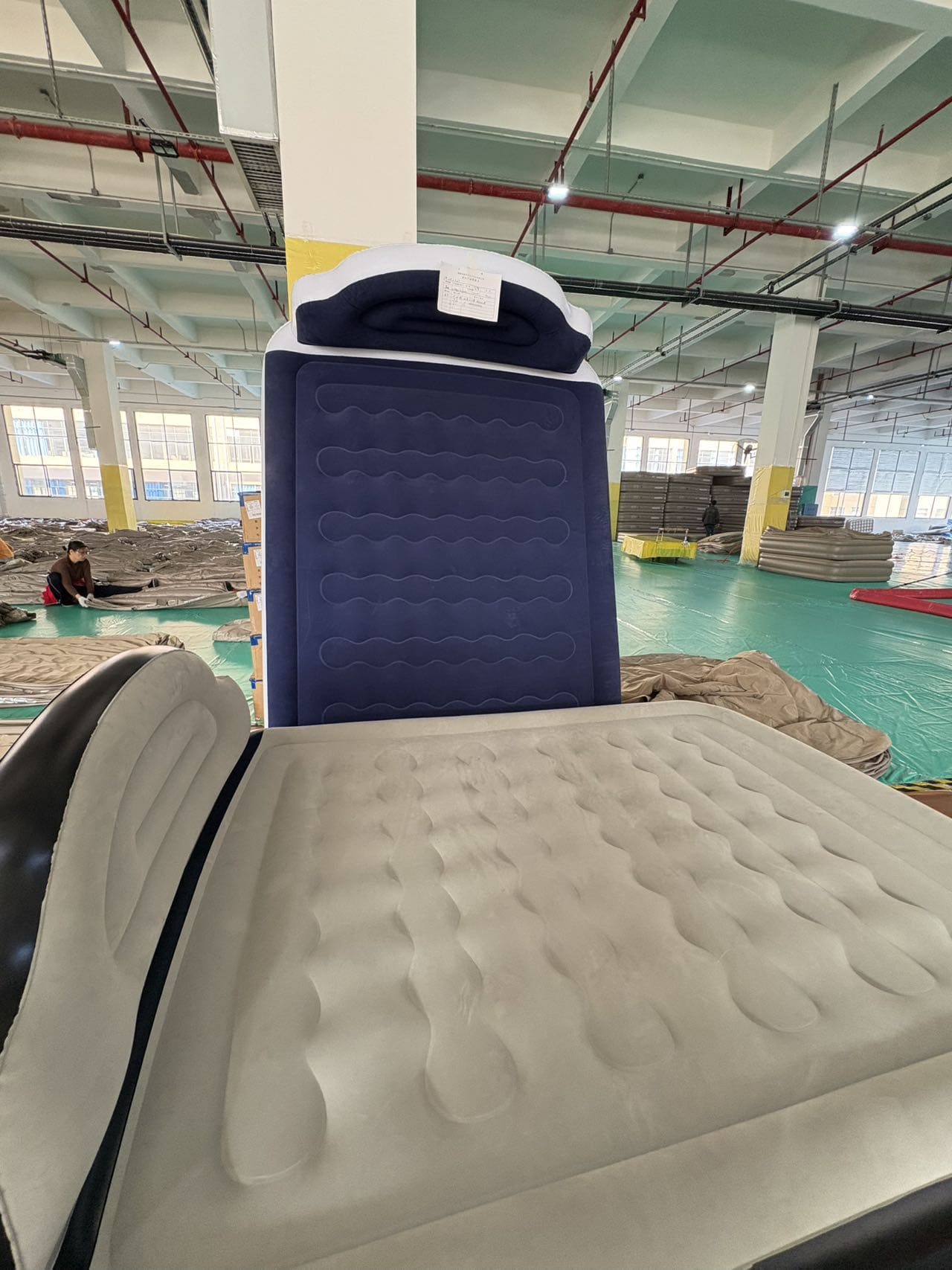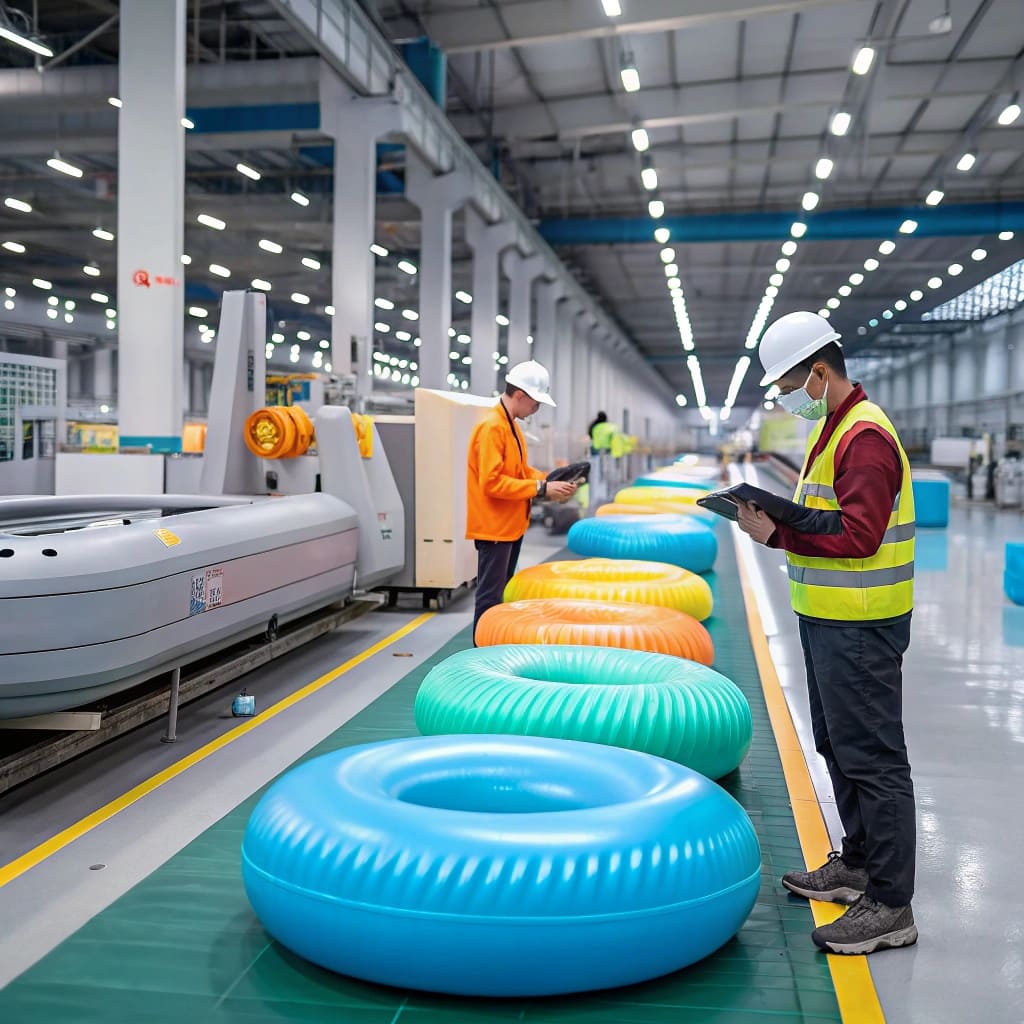PVC vs TPU in Inflatable Products: Which Option Delivers the Best Results?
Struggling to pick the right material for inflatable products? Overlooking key factors can lead to dissatisfied buyers, high return rates, or safety concerns. This guide explains why the right choice matters.
PVC and TPU1 are the main materials for inflatables. PVC is cost-effective and robust, while TPU is eco-friendly and flexible. Selecting the material depends on product goals, target market, and budget.

Choosing the most suitable material can shape brand reputation and profit margins. Dive into these insights to ensure each decision aligns with long-term business success.
[Table of Contents]
Is TPU better than PVC?
Polyvinyl chloride (PVC) is the world's third-most widely produced synthetic polymer of plastic (after polyethylene and polypropylene).
Thermoplastic polyurethane (TPU) is any of a class of polyurethane plastics with many properties, including elasticity, transparency, and resistance to oil, grease, and abrasion. Technically, they are thermoplastic elastomers consisting of linear segmented block copolymers composed of hard and soft segments.
Selecting the wrong material can result in product failures, missed deadlines, and lost trust. Carefully weigh the pros and cons of TPU2 and PVC to avoid setbacks.
TPU outperforms PVC3 in flexibility, eco-friendliness, and temperature tolerance. PVC stands out for cost-efficiency, durability, and widespread availability. Both work well, but each fits different business goals and customer needs.

Dive Deeper: A Comprehensive Comparison
PVC (Polyvinyl Chloride) and TPU (Thermoplastic Polyurethane) dominate inflatable manufacturing. Although both serve similar functions, their differences can impact production scale, brand image, and final pricing. Here’s a closer look:
1. Durability and Strength
- PVC: Offers solid tear resistance, ideal for inflatables like pool floats and large party items. Handles frequent inflation and deflation cycles reliably.
- TPU: Excels in flexibility and puncture resistance. Maintains shape under stress, which can benefit high-end or performance-focused inflatables.
2. Weight and Portability
- PVC: Heavier due to material density, but still suits many mass-market products. Shipping costs may be slightly higher for bulky orders.
- TPU: Lighter design, appealing for portable or travel-related inflatables. This supports convenience for end users, making it attractive in higher-tier markets.
3. Environmental Considerations
- PVC : Contains plasticizers and other additives. Although recyclable in some contexts, it’s generally viewed as less eco-friendly.
- TPU : Often regarded as more sustainable, with fewer harsh chemicals. A growing number of eco-conscious buyers prefer TPU for its smaller environmental footprint.
4. Pricing and Market Position
- PVC: Lower raw material cost, making it suitable for budget-friendly lines. Great for large-volume orders targeting broad consumer markets.
- TPU: Commands a higher price. Often used by brands emphasizing quality, unique designs, or eco-conscious positioning. Appeals to niche or premium segments.
5. Temperature and Chemical Resistance
- PVC: Performs well in mild climates, though extreme heat or cold can weaken the material over time.
- TPU: Exhibits stronger temperature tolerance. Resists cracking in cold weather and distortion in heat, making it suitable for more demanding conditions.
Comparative Table: PVC vs. TPU
| Factor | PVC | TPU |
|---|---|---|
| Cost | Lower | Higher |
| Durability | High | Very high |
| Flexibility | Moderate | Excellent |
| Environmental Impact | Less eco-friendly | More eco-friendly |
| Weight | Heavier | Lighter |
| Usage Scenarios | Mass-market inflatables | Premium, specialized products |
Balancing cost, performance, and brand positioning is key. PVC remains a powerful choice for large-scale manufacturing, while TPU opens doors to premium segments. Both materials can satisfy B2B buyers when aligned with market expectations.
What material is used for inflatables?
Many inflatable products span from simple pool toys to robust commercial structures. Knowing which material dominates the market can help refine supply chain decisions.
Inflatables are usually made from PVC or TPU. PVC is common and cost-effective, while TPU is preferred for its flexibility, lighter weight, and eco-friendly aspects.

Dive Deeper: Factors That Influence Material Choices
- Target Audience and Market: Mass retail often favors PVC for affordability, while TPU draws eco-conscious consumers.
- Manufacturing Capabilities: PVC production is widespread, whereas TPU requires specialized processes.
- Product Function and Complexity: High-stress or premium designs may benefit from TPU ’s enhanced flexibility.
- Consumer Demand Trends: A rising eco-friendly movement can steer brands toward TPU.
A thorough evaluation of product requirements, brand values, and market positioning guides the final material choice. Clarity about end-user demands will ensure success in a crowded marketplace.
Conclusion
Choosing between PVC and TPU in inflatable products demands careful thought about cost, sustainability, durability, and brand image. Each material has distinct advantages, so matching product goals to the right choice ensures competitive offerings and lasting business growth.
-
Differences between PVC and TPU for inflatables – Explores manufacturing processes, cost factors, and common applications. ↩
-
Why TPU is considered more eco-friendly and flexible – Discusses TPU’s chemical composition, recyclability, and performance under stress. ↩
-
PVC characteristics and its environmental impact – Examines PVC’s additives, recycling challenges, and market prevalence. ↩




